I believe this picture is one of the most famous picture taken during WW2.
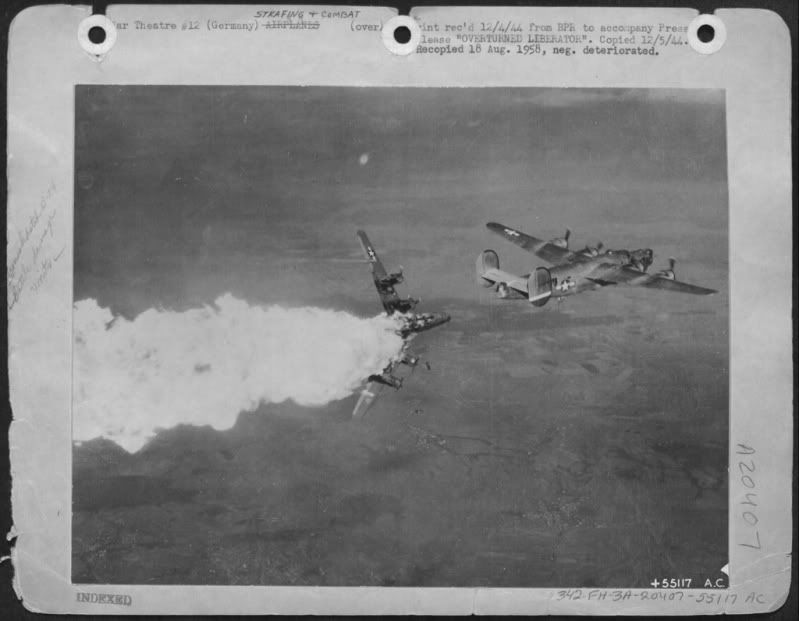
“853” is a Douglas-Tulsa B-24H-15-DT Liberator, s/n [serial number] 41-28853, attached to the 783rd Bomb Squadron, 465th Bomb Group, 15th Air Force.
Aircraft was flying lead for the 55th Bomb Wing on the 20 November 1944 mission to bomb Blechhammer, Germany with the 781st Bomb Squadron’s commanding officer at the controls and the Group navigator in the plane. The plane was hit by AAA [anti-aircraft artillery] between the #2 engine and the fuselage while over the target and the wing started to come apart as the crew bailed out. Five of the crew managed to parachute safely but six were trapped and killed.
Crew:
Lt Col. Clarence J. Lokker - pilot (KIA) [killed in action]
Capt. Milton H. Duckworth - copilot (POW) [prisoner of war]
1st Lt. Joseph P. Kutger - navigator (POW)
1st Lt. Robert M. Hockman - bombardier (POW)
1st Lt. Grosvenor W. Rice - bombardier (KIA)
2nd Lt. Joseph S. Whalen - radar bombardier (POW)
T/Sgt. Lee R. Billings - engineer/top turret (POW)
S/Sgt. Edmund J. Miosky - radio operator (KIA)
Sgt. James A. Bourne - gunner (POW)
Sgt. Jack Rabkin - gunner (KIA)
Sgt. Paul H. Flynn,Jr. - gunner (KIA)
As stated above, the picture was taken during the raid to Blechhammer on 20 Novemeber 1944. Today Blenhammer is know as Blachownia Slaska, Southern Poland. It is a village (in fact a part of the city now) where a huge chemical plant is located, the same which was targeted by the American bombers. Some time ago I was studing some WW2 arieal photos, merging them with the images from google maps. While doing some online research about the Blechhammer chemical plant, I came across an information about a concentration camp located near the chemical plant. It had been organized by the Germans in 1940. In the beginning, first slaveworkers were brought from General Government (Poland), Protectorate of Bohemia and Moravia (Czech Republic), Italy and France. Also some 2500 British and French POWs were transferred there and served in construction battalions (Bau und Arbeitsbataillonen).
Overall, around 45000 people were imprisoned in camp complex around Blechhammer. The complex was divided in two sections: Blechhammer North and Blechhammer South. The prisoners from the Blechhammer North worked at the construction site of synthetic fuel factory (Oberschlesische Hydrierwerke AG). The synthetic fuel factory belonging to I.G. Farbenindustrie A.G was constructed by the prisoners from Blechhammer South. The whole camp complex consisted of numerous sub-camps.
Blechhammer North (Oberschlesische Hydrierwerke AG Blechhammer):
1.Firmenlager (for the Germans and technical managers of other nationalities);
2.Mädchenlager (for women)
3.Blechhammerlager (slavework camp for Poles and Russians);
4.Kanallager BAB-21 (for the Commonwealth POWs from New Zealand, Palestine and India - those prisoners came from Stalag VIII-B w Lambinowice);
5.Wiesenlager X/1573/M (Russian, Polish, British, Belgian, Yugoslavian and Bulgarian POWs);
6.Bordel Barake 987 (brothel with Polish and Ukrainian women forced to serve the British prisoners)
7.Waldlager (Italian camp; Russians, Poles, French, Bulgarians and Czechs were also kept there);
8.Strafgefangenenlager XVI/1579/M (Russians, Poles and French);
9.Lagerehrenforst (Polish, Czech and Yugoslavian POWs);
10.Meisterlager (managemant staff camp);
11.Justizstrafgefangenenlager XV/1578/M (Russians, Poles, Czechs, French and others);
12.AEL Arbeitserziehungslager;
13.Dorflagerwest (Ukrainians, Poles and Yugoslavians);
14.Unruhelager ;
15.Dorflager (mostly for the Germans, but also for Jews, Poles, Russians and Czechs);
16.Ehrenforstlager (Poles, Czech and Yugoslavians)
17.Bahnhofslager (all nationalities, mostly Polish);
18.Judenlager (jewish prisoners); on the 1st of April 1944 become a part Of Auschwitz camp complex;
19.Mädchenlager (for women);
20.Schleusenlager (French prisoners);
21.Krankenhaus (hospital for Polish and German prisoners).
I couldn’t find the camp list of Blechhammer South complex, but all together there was around 40 sub-camps in the area.
The Judenlager (Jewish camp) was established in July 1942. First group of 400-500 Jews was brought from Terezin Ghetto. Soon it become a largest camp in the area with 4000 prisoners (200 women). It consisted of 25 barracks surrounded by 4 m high conrete wall with barbed wire on the top. 9 guard towers with MGs manned by the SS were build along the wall. The prisoners worked at the Oberschlesische Hydrierwerke AG factory.
The commanders of the camp were:
SS-Lagerführer Heidrich Schwarz;
Erich Hoffmann – executed the 26th of May 1948.
On 1st of April 1944 the Judenlager become a sub-camp of Auschwitz complex known as Arbeitslager Blechhammer.
It consisted of four parts:
1.Judenlager (Jews from all over Europe) – central and southern part of the camp;
2.Judenlager (Jewish women) – south-west part of the camp;
3.Bahnhofslager (concentration camp for all other nationalities, mostly Polish) – northern part of the camp;
4.SS Lager (for the SS personnel) – central part of the camp, between Judenlager i Bahnhofslager.
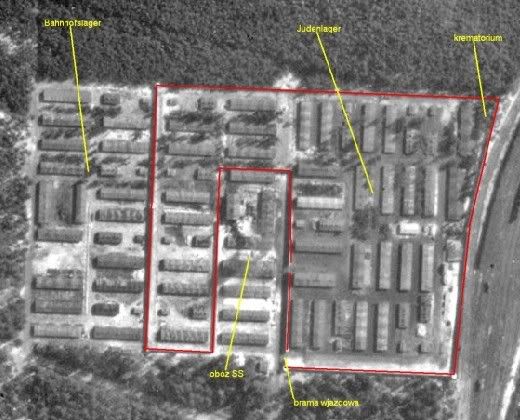
The whole camp covered the area of 230m x 290m. The crematorium where 1500 bodies were burnt was in the south-east part of the camp. The camp was commanded by SS-Hauptsturmfuhrer Otto Brossmann. During winter 1944/45, as the Red Army was closing fast, the Germans decided to evacute the camp (which become a transfer point for the prisoners from Auschwitz and other camps) and forced the prisoners into columns of 500 men each. They were ordered to march to the West. During the “Death March” people who were suffering from cold (marched barefoot, without proper winter clothing) soon started to die of exaustion. Those who were unable to march were killed with the butts of the guns by the so-called Nachkommando which followed the columns. The camp was liberated by the Red Army on the 26th of January 1945. There were less than 200 survivors found.
Below are the pics of the remainings of the camp. Coordinates: 50.361397,18.321805

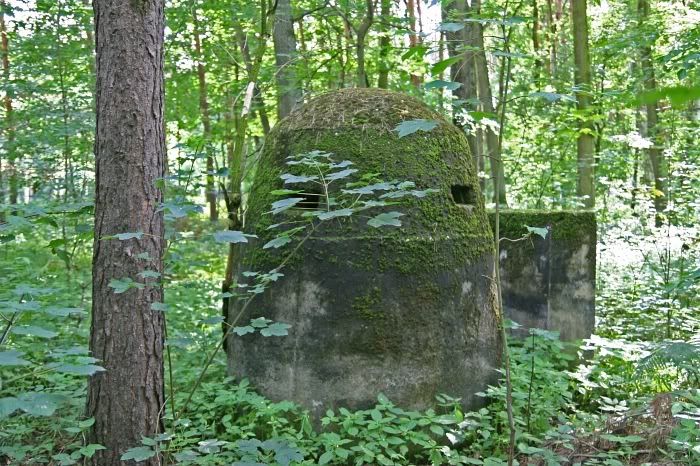
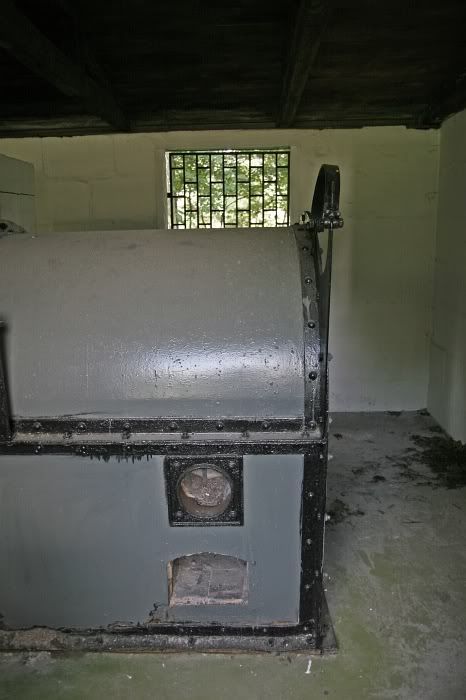
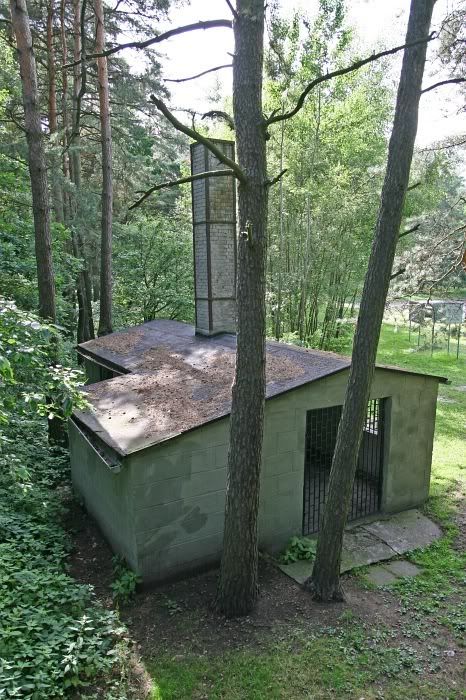
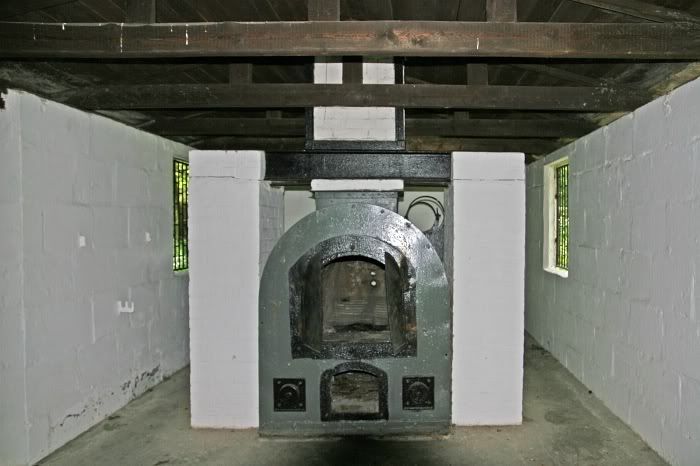
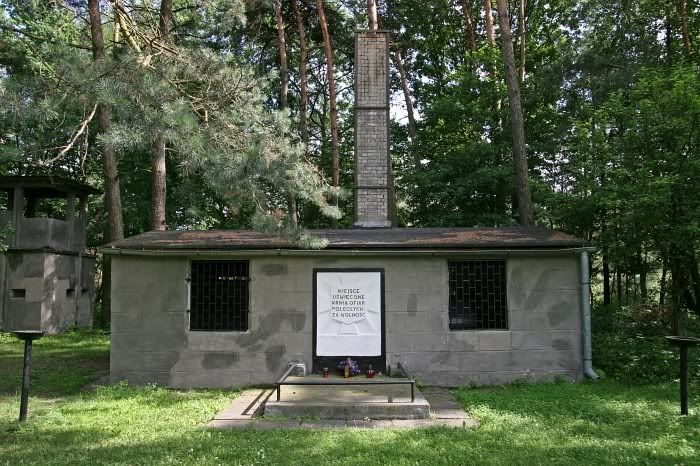
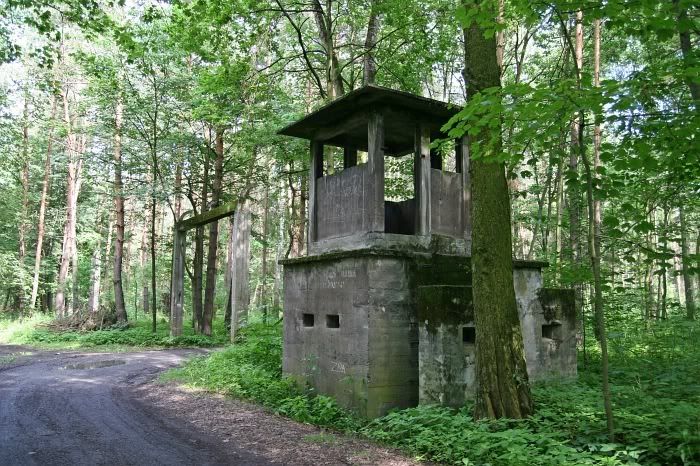
Sources:
http://www.awesomestories.com/assets/midair-explosion-b24
http://www.obozy-blechhammer.eu/
http://alfsoft.net/blechhammer1944/site/viewpage.php?page_id=23
http://eksploratorzy.com.pl/viewtopic.php?t=474
http://www.kurys.pl/thumbnails.php?album=100

